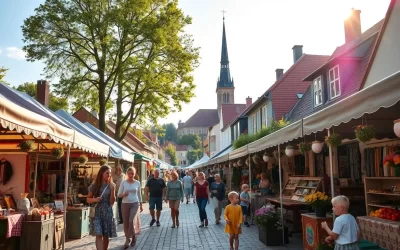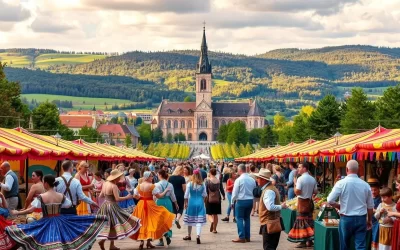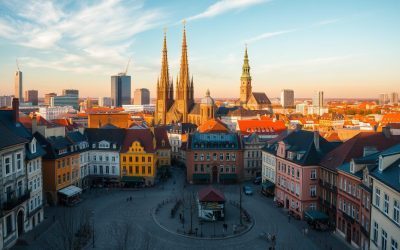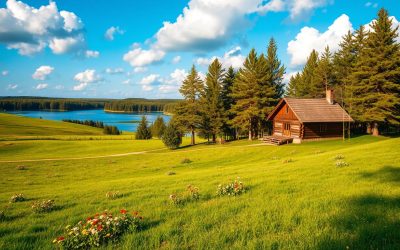✓ Accommodations✓ Flights✓ Rental Cars✓ Tours & Activities
When you explore Latvia, you’ll quickly notice its rich linguistic heritage. The official language here is Latvian, a source of immense national pride. Over 60% of the population uses it as their primary language at home, reflecting its deep cultural roots.
Russian also plays a significant role, spoken by about 37% of residents. This diversity stems from historical ties and the country’s journey to independence. English is increasingly popular, especially in tourism and education, making it easier for visitors to connect.
Public signs and official documents are exclusively in Latvian, showcasing its importance in daily life. This Baltic nation’s commitment to preserving its language is a testament to its unique identity. Dive deeper to understand how Latvia’s linguistic landscape continues to evolve.
Exploring Latvia’s Linguistic Heritage
Latvia’s linguistic journey is a fascinating tale of resilience and cultural pride. Over the centuries, the dialect and speech patterns here have been shaped by historical events and cultural shifts. From the national awakening in the 19th century to the challenges of the Soviet occupation, the story of language here is deeply intertwined with the nation’s identity.
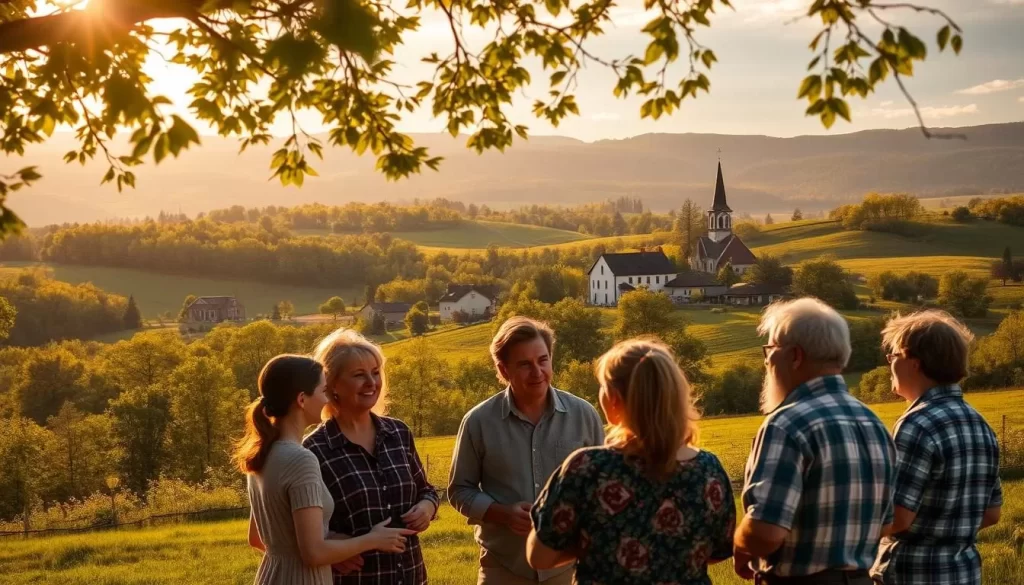
Historical Influences and National Awakening
During the 19th century, a cultural revival sparked a renewed interest in preserving the local dialect. This period marked a turning point, as efforts were made to standardize and promote the language. The collection of folk songs, known as “Latvju Dainas,” played a crucial role in this revival.
However, the Soviet occupation in the mid-20th century brought significant challenges. Russian became dominant in many areas, affecting how people communicated in urban settings. Despite this, the local language remained a symbol of national pride.
The Evolution of the Latvian Language
The evolution of speech here reflects a blend of influences from minority language groups and neighboring regions. Over time, different dialects emerged, each adding unique elements to the linguistic landscape.
Today, the language country continues to adapt, balancing tradition with modern influences. Efforts to preserve and promote the local dialect remain a priority, ensuring its survival for future generations.
Latvia: Official and widely spoken languages
Latvian is more than just a means of communication; it’s a cornerstone of national identity. This Baltic language is deeply woven into the fabric of public life, with government policies ensuring its prominence. Public signs, official documents, and educational materials are exclusively in Latvian, reflecting its official status.
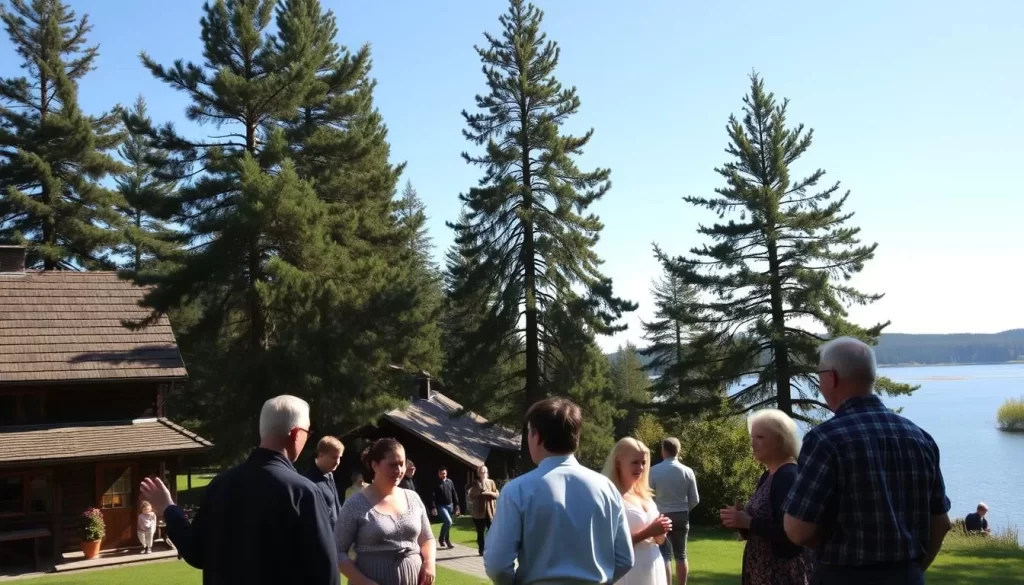
Official Status of Latvian in Public Life
Every person here contributes to the preservation of their native tongue. Since 2004, public secondary schools have mandated that at least 60% of classwork be conducted in Latvian. This policy ensures that younger generations grow up fluent in their official language.
Media also plays a role in this effort. National and regional broadcasts must include at least 65% of content in Latvian. These measures reinforce the language’s importance in daily life and cultural expression.
Cultural Pride and Language Preservation
Cultural pride is evident in festivals, educational programs, and media that celebrate the Baltic language. Folk traditions, like the collection of Latvju Dainas, highlight its historical significance. These efforts ensure that the language remains a living part of the nation’s heritage.
While Russian remains prevalent in urban areas, Latvian stands as the primary marker of cultural identity. Minority groups, though diverse, operate alongside the official language, creating a vibrant linguistic tapestry.
“Every speaker contributes to the strength and resilience of the Latvian language.”
This commitment to preservation is a testament to the nation’s independence and pride. It’s a reminder that language is more than words—it’s the soul of a people.
Diverse Voices: Russian, English, and Minority Languages
From urban streets to rural homes, you’ll hear a symphony of voices. The language latvian remains central, but other tongues add depth to the cultural mosaic. Russian, for instance, is widely used in cities, where many are bilingual. This reflects historical ties and the presence of a large Russian-speaking community.

The Role of Russian in Urban and Cultural Settings
In urban areas, Russian is more than just a language—it’s a bridge between communities. Many families pass down Russian word by word, preserving their heritage. You’ll notice this in daily conversations, media, and even street signs. While Latvian is the official tongue, Russian remains a vital part of the cultural fabric.
Efforts to balance these languages have sparked debates. For example, recent policies aim to reduce Russian influence in public spaces. Yet, many argue that this could alienate the Russian-speaking minority.
Rise of English in Education and Tourism
English is gaining ground, especially in school and tourism. Younger generations are learning it to connect globally. Universities offer courses in English, attracting international students. This shift reflects the country’s openness to the world.
Tourism materials increasingly use English, making it easier for visitors to explore. From brochures to guided tours, you’ll find a blend of languages. This adaptability enriches your experience, whether you’re studying or traveling here.
“Language is the key to understanding a culture—one word at a time.”
This linguistic diversity is a testament to the nation’s resilience. It’s a reminder that every latvian speaker contributes to this vibrant tapestry. Whether you’re here to learn or simply explore, the languages you encounter will leave a lasting impression.
Regional Dialects and Former Languages
Latvia’s regional dialects and historical languages paint a vivid picture of its cultural evolution. These linguistic treasures reflect the nation’s resilience and adaptability over centuries. From unique dialects to languages that once thrived, each has left its mark on the country’s identity.
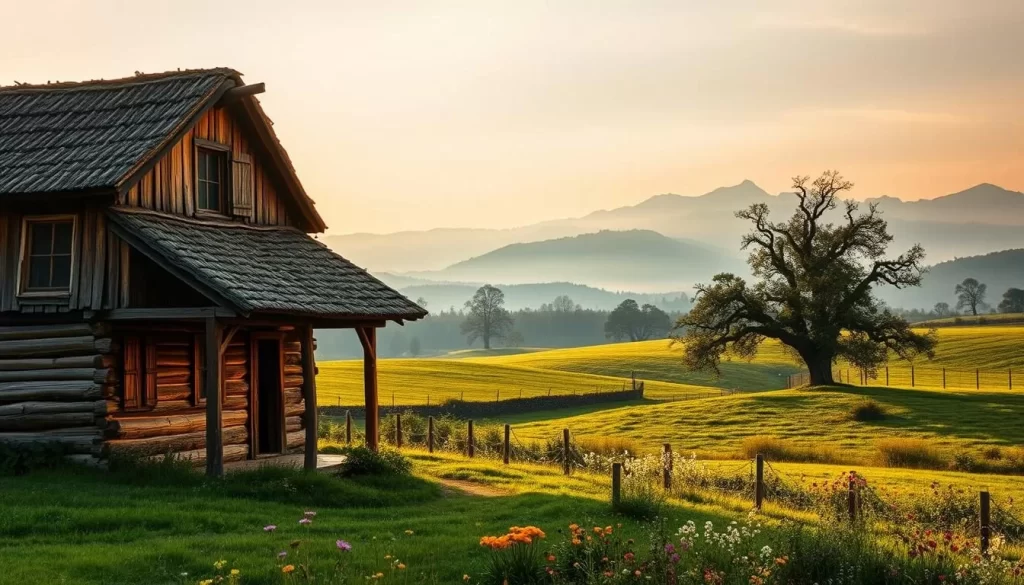
Latgalian: A Dialect with a Distinct Identity
The latgalian language stands out as a unique dialect, spoken by about 150,000 people. It carries significant cultural and historical value, reflecting the identity of the Latgale region. While it’s considered a variety of Latvian, its distinct lexical influences set it apart.
Despite being spoken by a minority, Latgalian remains a symbol of regional pride. Efforts to preserve it include educational programs and cultural events. This ensures its survival for future generations, even as the majority language evolves.
Former Language Legacies: German, Livonian, and Yiddish
Historical occupation and demographic shifts have led to the decline of languages like German, Livonian, and Yiddish. Once dominant in urban centers, these languages now exist primarily in historical records and inscriptions.
Remnants of old letters and texts can still be found in some buildings, offering a glimpse into the past. For example, the last native speaker of Livonian passed away in 2013, marking its official end. Yet, their legacies continue to influence the linguistic landscape.
Other Minority Languages and Their Local Impact
Beyond Latgalian, other minority languages contribute to the nation’s rich tapestry. Communities preserve their linguistic traditions despite the decline of some tongues. This diversity highlights the resilience of cultural identity in the face of change.
For instance, Russian remains prevalent in certain areas, reflecting historical ties. Meanwhile, English is increasingly adopted in education and tourism. This blend of old and new creates a dynamic environment for language spoken across the country.
“Language is the key to understanding a culture—one word at a time.”
To learn more about the Baltic language family, visit this detailed guide. For insights into Latvia’s linguistic diversity, check out this comprehensive article.
Conclusion
Latvia’s linguistic landscape is a vibrant mix of tradition and modernity. Since gaining independence, the native speaker dynamics have evolved, reflecting the nation’s resilience. Latvian remains the cornerstone of public life, while Russian and other tongues add depth to the cultural mosaic.
Historical events have shaped how languages are used across the area. From the Latgalian dialect to the rise of English, each region has its unique traits. These differences highlight the country’s rich heritage and adaptability.
To truly appreciate this diversity, consider exploring further. Tools like language learning apps can help you dive deeper into the nuances of Latvian and its regional dialects. Discover how Latgalian and language policies continue to shape the nation’s identity.
The above is subject to change.
Check back often to TRAVEL.COM for the latest travel tips and deals.

